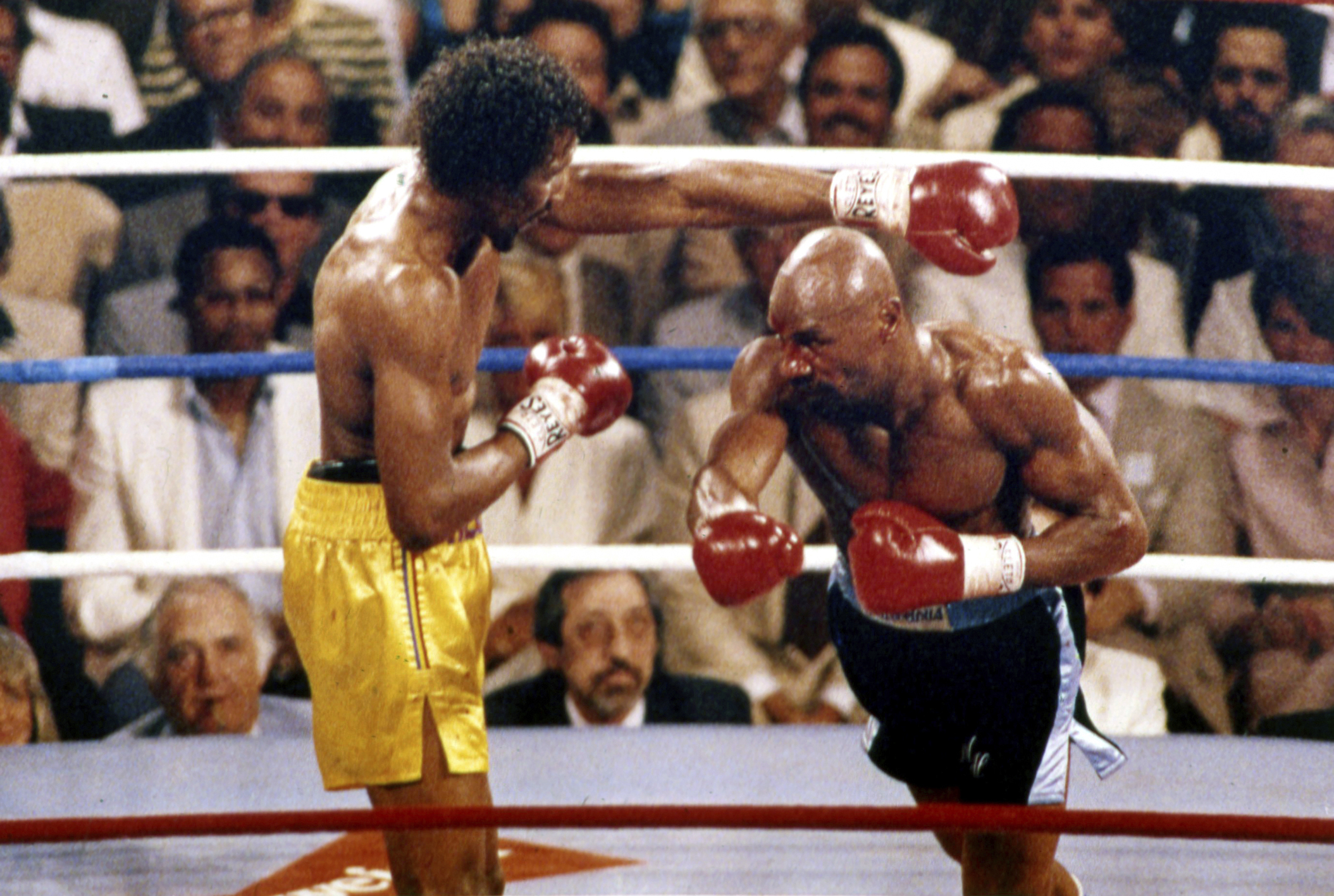Last week, we discussed many reasons for the current selling. I addressed the question, “Is it time to sell/take my profits and run?” I explained my rules for buying or selling using AGTHX and stressed to make decisions on what you see instead of what you hear, think, or feel is going to happen. Today I will teach what to look for to help answer your question, “Is the S&P 500 making a market top?”
Per the chart, look at the two previous market tops featured in the blue boxes A and B. In March 2000 (Box A) the market made a new high at 1553 and then took seven months before breaking down under the blue (sell) signal line. During months five and six, several attempts were made to break out to a new high. Selling did not come in until two months later. When selling came in, it was strong and lasted close to thirty months.
Let’s fast forward to June 2007 (Box B) when the market made a new high; it then went three additional months and made a higher high. The following month an attempt for a new high was made and was unsuccessful. In our terms this was very bearish. Two months later the market dropped through my blue (sell) signal line and continued to drop for twelve months, stopping at an attention getting 666.79.
In the lower box we can see the money flow indicator. Note after the markets topped (Box A and B) the money flow decreased. Currently, (Box C) the money flow is still extremely strong. This indicator is something I keep front and center to help with my analysis.
What can we gather from this data? First, markets usually take many months to make a top. Currently, (Box C) a new top has not been made, and we still have upward momentum. Second, many times after a new top has been made, several attempts are made by the bulls to make new highs. Third, these attempts can take many months.
No one has the ability to know 100 percent what will happen. We can study previous market behavior for clues to what may happen in the future. The largest threat to the U.S. market and economy would be an exogenous event (possibly geo-political) thus causing panic selling and sending the market into a downward spiral. These events cannot be predicted by technical, fundamental, or informational analysis. With our recovering economy, this could be disastrous and something I pray does not happen.
I have taught many my buy and sell systems and you can learn as well. If interested in learning my systems for your securities, sign up for my workshops beginning April 22 at John A. Logan College. Take the time to learn which indicators give the best signals for buying and selling for each of your securities. The above information is to be used for educational purposes only.
With that being said, if considering buying or selling you should ask yourself the following; 1. What was my strategy for entering and/or exiting the transaction? 2. Is this a trade or an investment? 3. What is the tax liability? 4. Am I buying or selling from emotional or rational reasons? 5. What would I buy with the available funds? When we step back and honestly answer these questions we are using rational criteria instead of emotions for our decisions.
Plan your work, work your plan and share your harvest!
Source: stockcharts.com, davidoengland.com
Disclosure: I do not hold any securities mentioned in this column.
DAVID O. ENGLAND is the founder of the Eye on the Market-Training Academy and retired associate professor of finance at John A. Logan College. This column is presented for educational purposes only and is not intended as financial advice. For questions, contact England at thetraderseye@gmail.com.





